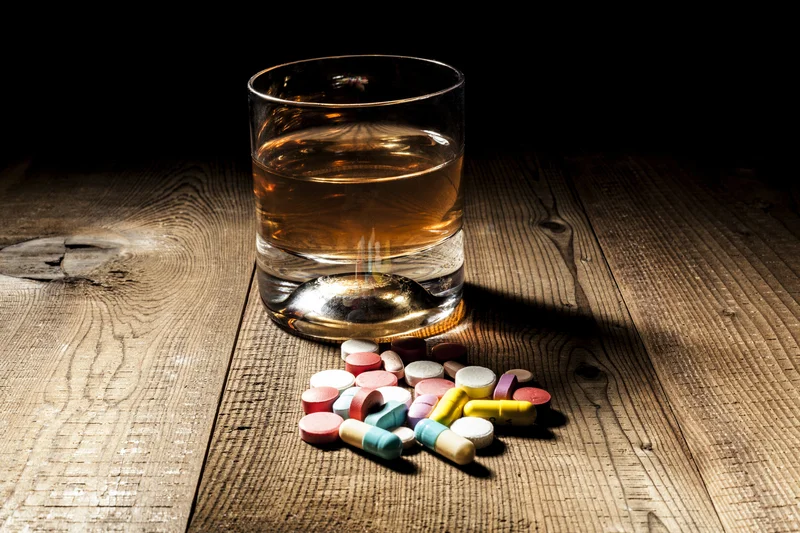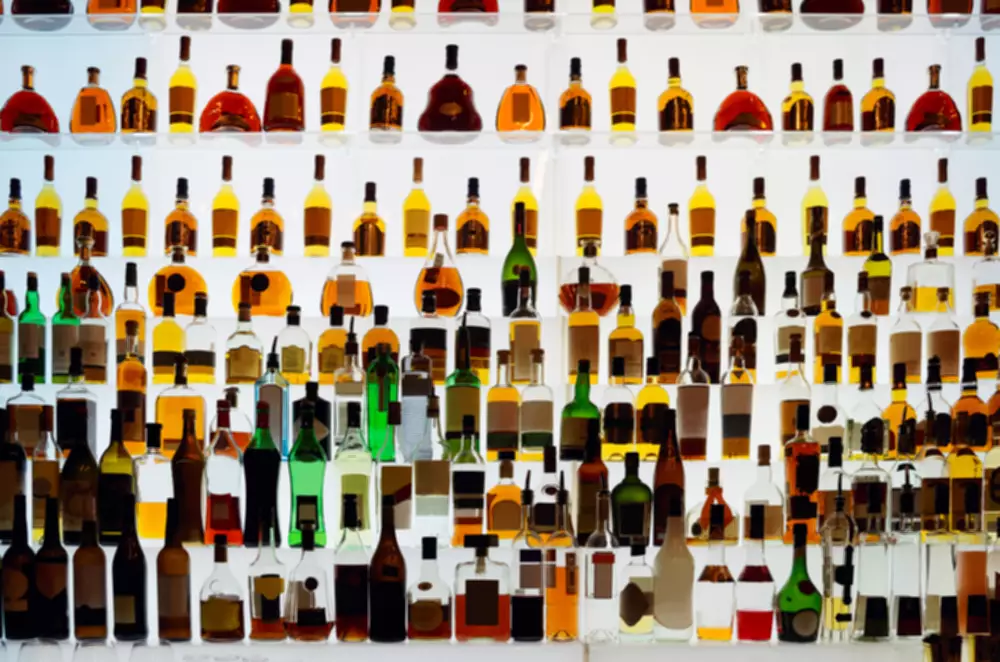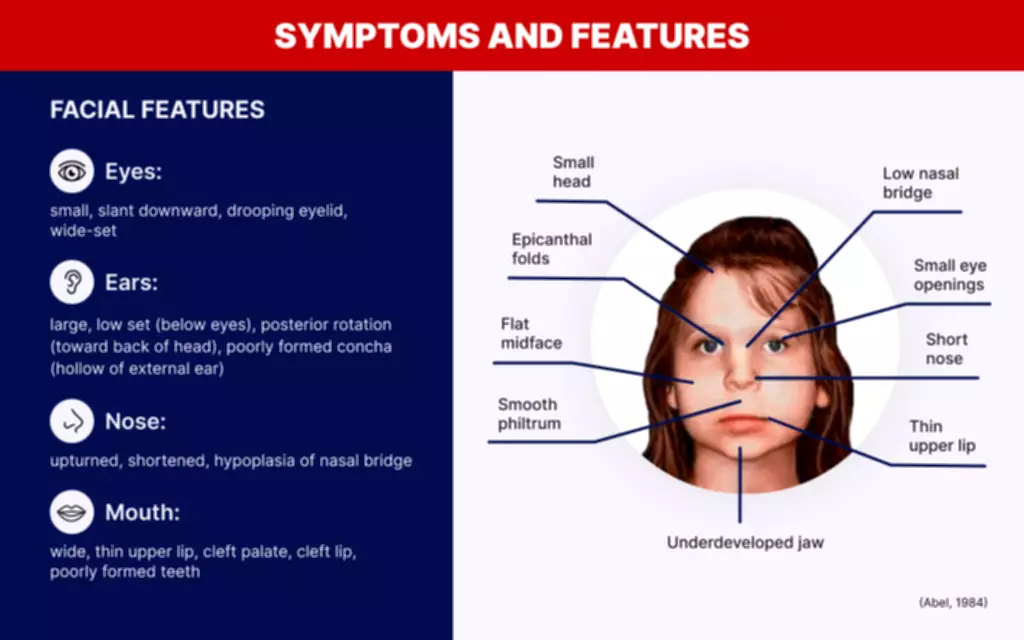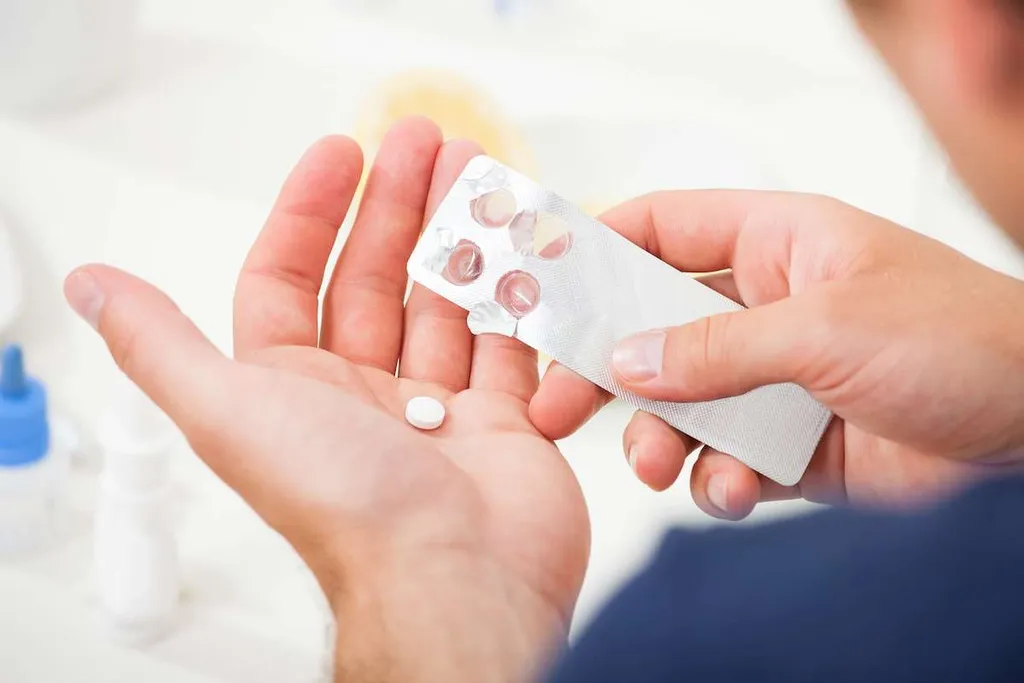
Sometimes you can’t avoid internal triggers which may be feelings you have or a physical sensation that comes on from time to time. Once you begin to crave alcohol, distract yourself with something that takes your attention. Maybe that how to stop alcohol cravings would be watching an interesting documentary, doing a cleaning chore, or lifting weights. Check back in with yourself in 30 – 45 minutes and see if the urges intensity has changed.

Cognitive Behavioral Therapy (CBT) Vs Mindfulness-Based Relapse Prevention (MBRP)
And all of a sudden, no matter how long we’ve been in recovery, we think we might go about drinking safely. Long-term strategies for managing alcohol cravings include addressing the underlying causes for your alcohol cravings, understanding your triggers and creating sustainable habits. These can feel quite powerful and can make it difficult to resist the urge to drink. However, with the right coping mechanisms in place, you can overcome cravings and continue along your path to wellbeing. Alcohol cravings are a natural part of the recovery process, but they don’t have to derail your progress. By understanding your triggers, practicing mindfulness, staying active, and seeking support when needed, you can effectively manage your cravings and stay on track with your sobriety.
For Treatment Providers
One of the most important things you can do to deal with cravings is to plan for high-risk situations. This means thinking ahead about how you’ll handle moments when you might feel tempted to drink. Whether it’s a family gathering, a holiday party, or a stressful day at work, having a plan in place can help you stay on track. It might sound simple, but staying hydrated and eating well can have a significant impact on your ability to manage cravings. Sometimes what feels like a craving for alcohol is actually your body’s way of signaling hunger or dehydration.

Detox and Withdrawal
When not drinking, you might begin to notice feelings of anxiety or other emotional distress, along with strong cravings for alcohol. It’s not unusual for someone to wake up after a night of drinking feeling social embarrassment and regret. It’s common for people who drink alcohol to wake up the next day with a distinct sense of worry, panic, unease, or fear.
Consider these warning signs about your drinking habits:
It even reduces all-cause mortality for people who are obese but don’t have diabetes. I’ve recently worked with a team on a study showing that it may reduce blindness and other eye problems even in people who don’t have diabetes. And no, I didn’t receive money from a drug company for that work, or to say all this nice stuff. Some people experience anxiety or panic attacks along with their hangovers the day after consuming too much alcohol. This hangover anxiety, or “hangxiety,” can arise for many reasons, including mild withdrawal from alcohol, interrupted sleep, poor dietary choices, and shame or regret.

Alcohol use disorder is a complex, often chronic issue with biological, psychological, and social factors. Professional treatment can offer tools, support, and therapies that help people manage triggers, develop coping strategies, and sustain new habits into long-term recovery. As you continue to heal, these new habits can become part of your daily practice. And data shows that strong routines support addiction recovery.14 drug addiction treatment You can develop a schedule that includes activities you love, and then stick to it—even when you’re craving alcohol. In cognitive behavioral therapy (CBT),11 you’ll start by identifying the triggers and behaviors that contribute to your addiction.

A Note on the Modern Understanding of Alcohol Use Disorder

Information provided on Forbes Health is for educational purposes only. Your health and wellness is unique to you, and the products and services we review may not be right for your circumstances. We do not offer individual medical advice, diagnosis or treatment plans. Prepare yourself for those times when someone is going to offer you a drink. You might also hold onto a nonalcoholic drink instead, ask a friend to support you in difficult situations or simply exit early if temptation gets too strong, the NIAAA suggests. If you answer “yes” to two to three questions, your symptoms align with mild AUD.
- That being said, the findings are still remarkable because there just doesn’t seem to be anything that semaglutide doesn’t treat.
- Many people also experience strong emotions they may have repressed while they were drinking, and experience stress when re-adjusting to daily life and building new routines that are alcohol-free.
- Once you begin to crave alcohol, distract yourself with something that takes your attention.
- If certain environments, scenarios and places tempt you to drink, the simplest and most effective approach may be to avoid them, at least temporarily.
- The long-term consequences of alcohol addiction include chronic liver disease, cardiovascular problems, mental health disorders, and reduced life expectancy.
- They can help you address internal and external triggers, practice mindfulness, build coping skills, and much more.
- One study in 2018 analyzed 34 patients who were seeking treatment for alcohol dependence.
Your care team might recommend this approach if you experience symptoms of anxiety and depression along with cravings. Experiencing alcohol cravings may not automatically mean you have an AUD. All the same, it could be worth talking to a mental health professional — more on that below. One study involving 120 people who were overweight and obese examined the effects of ACV consumption over 4-12 weeks. Participants consumed either 5, 10, or 15 milliliters of ACV daily.
- Journaling can also be used to reaffirm your reasons for cutting back or quitting alcohol and stay on track with your progress.
- And all of a sudden, no matter how long we’ve been in recovery, we think we might go about drinking safely.
- If you’re looking for more ways to manage stress and stay focused on your sobriety goals, check out this article on the best way to quit drinking alcohol for good.
- Of course, a sweet treat now and again isn’t going to do much harm if you have a balanced diet otherwise and make healthy lifestyle choices like exercising regularly and sleeping well.
- Practicing mindfulness and relaxation techniques can help a person stay in the present and relax, which may reduce the craving.
Today, alcohol is something that is ingrained into most cultures. It is a staple at parties and society has normalized club culture, where people go out every weekend just to get drunk. However, nearly 8% of adults in the United States struggle with alcoholism. Additionally, 3 million American teenagers between the ages of 14 and 17 are addicted to alcohol.
